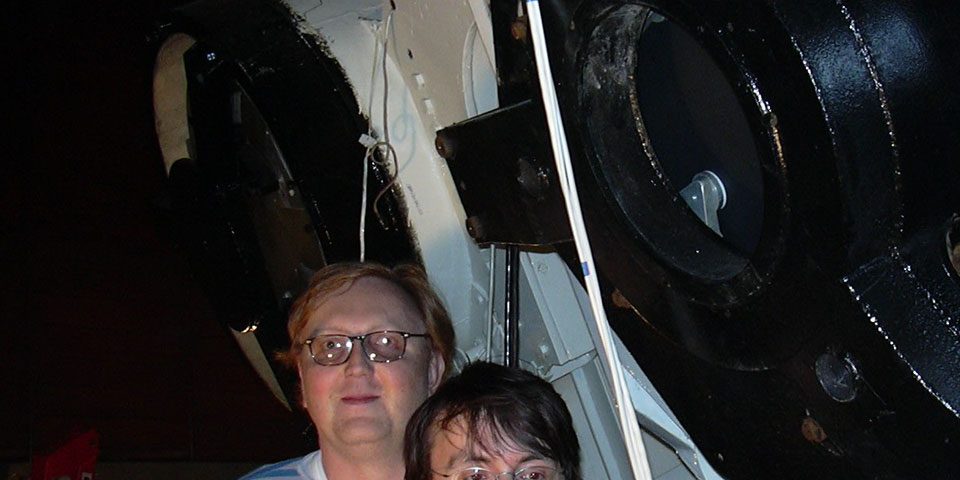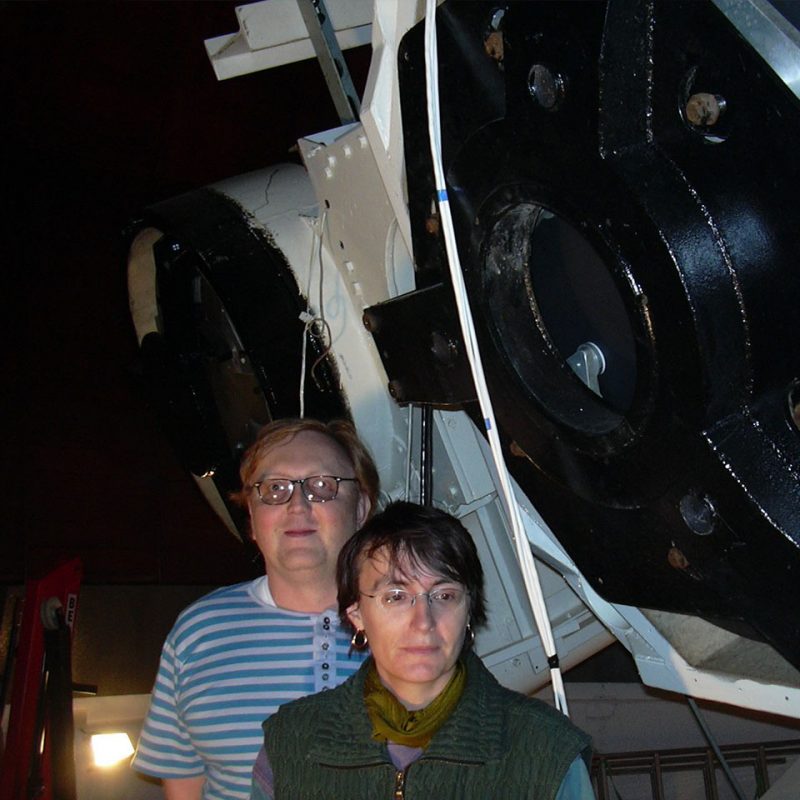
Asteroid Ötzi
On 21st July it will have been 33 years since Asteroid No. 5803 was discovered in the sky and later named “Ötzi”. Invisible to the naked eye, and even with the aid of the most powerful telescopes, it can only be detected using photographic images.
But why has this asteroid now been named “Ötzi”, when only last year the iceman celebrated the 25th anniversary of his discovery?
The story is as follows: way back in 1984 the Czech astronomer and director the Klet’-Observatory in South Bohemia Antonin Mrkos discovered the asteroid which was later to be called Ötzi. Since then this heavenly body has been sighted repeatedly, but it took many years before his colleague Miloš Tichý named it after Ötzi the Iceman. Tichý is himself now Director of the Klet’ Observatory, together with his wife, the astronomer Jana Tichá. Under the aegis of the scientific observation programme ‘KLENOT’ the two of them track down previously unknown asteroids and have already discovered countless such bodies.
Interview with Jana Tichá
What does Asteroid “Ötzi 5803” look like?
Tichá: “Asteroid (5803) Ötzi orbits the sun in the great asteroid belt (along with thousands and thousands of potato-shaped lumps of stone, editor’s note) between Mars and Jupiter. Its slightly elliptical orbit is inclined at an angle of 16 degrees to that of the Earth. It takes 4.3 years to complete its trajectory around the sun. Its diameter, according to all available data, is assumed to be around 18 kilometres.”
Tell us how the asteroid was discovered and how you came up with the idea of calling it “Ötzi”.
Tichá: “The detection and above all the measuring and identification of asteroids and comets (including Near-Earth objects) is part of a long-term research programme at the Klet’ Observatory. So far we have discovered over 1,000 new asteroids here at the Klet’, to which it has been possible to assign a name.
Usually we choose names which make sense to folk all over Europe and indeed all over the world, so not just Czech names. The names we assign to asteroids should bring people together, because astronomy is international. Furthermore, we are both interested in other fields of scientific research as well as in history. Which is why we were fascinated by the “Iceman” and the research surrounding his discovery. The third reason as to why Asteroid 5803 was named “Ötzi” was to do with its provisional name – “1984 OA”. These initials could be read as O for Ötzi and A for Alps.”
Link to a description of the asteroid “Ötzi” in the International Astronomical Union directory: http://www.minorplanetcenter.net/db_search/show_object?object_id=5803
Photo: Jana Tichá and Miloš Tichý (source: Wikipedia/Miraceti)








